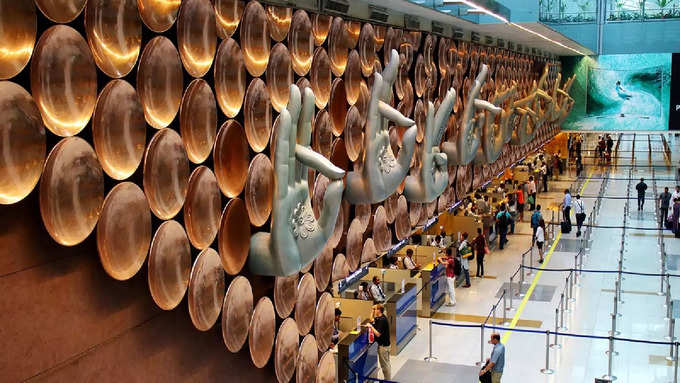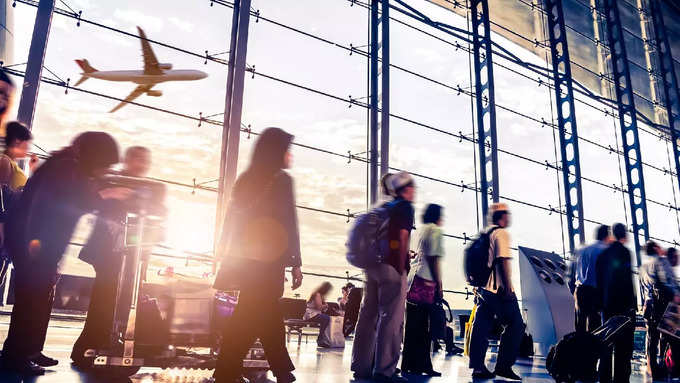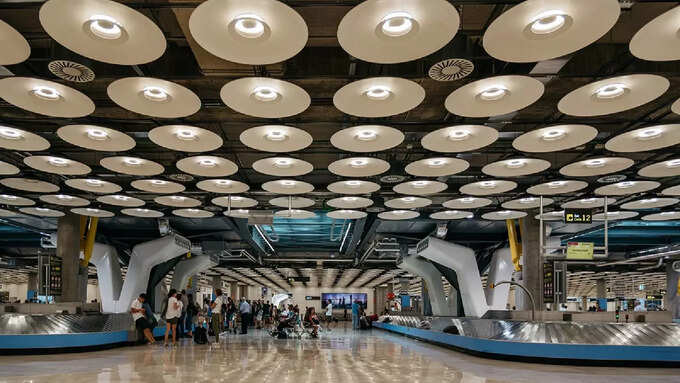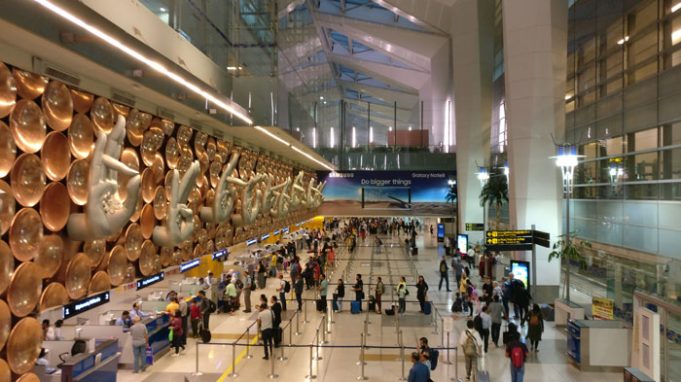Apart from all this, a runway will also be upgraded during this time. The runway will be upgraded to ILS (Instrument Landing System), which will make it CAT III B compliant. Which means that flights will be able to operate properly even in dense fog or low visibility. It becomes very difficult to operate flights at Delhi Airport due to fog in winter, but after this upgrade, passengers will get relief from the problem.

According to the report, Delhi Airport will be developed as an aviation hub. For this, there is a plan to create four ‘slot banks’ in the year 2025. This means seeing better connectivity of flights within a specific time. This makes it easier for passengers to catch transit flights and operations will also be better.
Terminal 2 will be upgraded

According to reports, Terminal 2, built by the Airports Authority of India (AAI) nearly 40 years ago, will undergo significant changes. The upgraded plan will include installing docking aerobridges, advanced flooring, skylight ceilings and road connectivity. In addition, one of the airport’s runways will be temporarily closed to facilitate development work.

With T2 closed, passenger traffic will be shifted to Terminal 1 (T1). According to TOI, the renovation of T1 is almost complete, and is expected to be completed by March 15. After getting the necessary approvals, T1 will start taking over the operations of T2 completely. A new taxiway, aircraft parking stand and other structures are being constructed under the project.

As the number of passengers at IGIA is increasing, changes are also being made to Terminal 3 (T3). Currently, a part of T3 is used for domestic flights, but this section will now be re-designated for international flights. T3 is designed for 20 million international passengers , out of which about 24 million travel through it. To ease this pressure, Pier C of T3 will be converted for international flights, increasing the terminal’s international capacity to 32 million.










